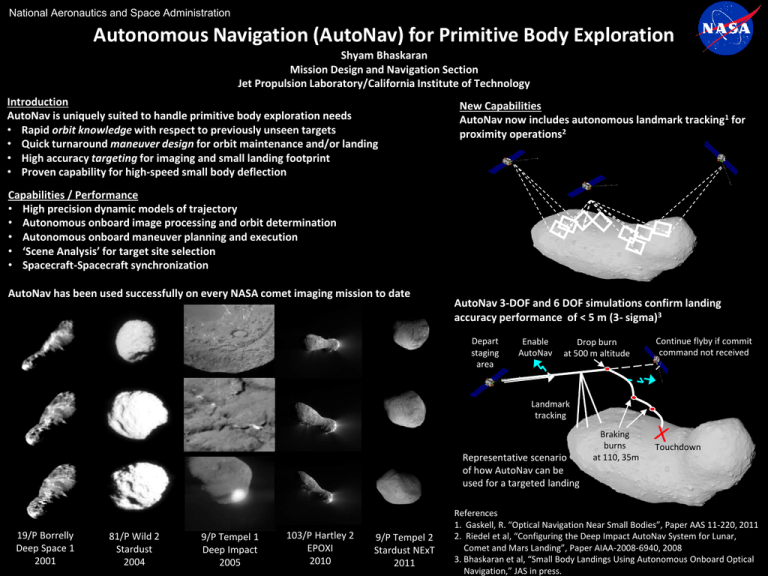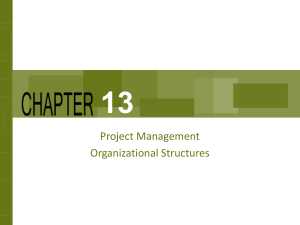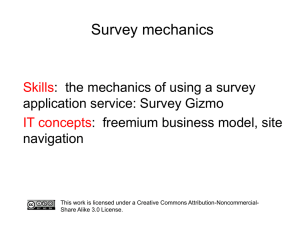Autonomous Navigation (AutoNav) - California Institute of Technology
advertisement

National Aeronautics and Space Administration Autonomous Navigation (AutoNav) for Primitive Body Exploration Shyam Bhaskaran Mission Design and Navigation Section Jet Propulsion Laboratory/California Institute of Technology Introduction AutoNav is uniquely suited to handle primitive body exploration needs • Rapid orbit knowledge with respect to previously unseen targets • Quick turnaround maneuver design for orbit maintenance and/or landing • High accuracy targeting for imaging and small landing footprint • Proven capability for high-speed small body deflection New Capabilities AutoNav now includes autonomous landmark tracking1 for proximity operations2 Capabilities / Performance • High precision dynamic models of trajectory • Autonomous onboard image processing and orbit determination • Autonomous onboard maneuver planning and execution • ‘Scene Analysis’ for target site selection • Spacecraft-Spacecraft synchronization AutoNav has been used successfully on every NASA comet imaging mission to date AutoNav 3-DOF and 6 DOF simulations confirm landing accuracy performance of < 5 m (3- sigma)3 Depart staging area Enable AutoNav Drop burn at 500 m altitude Continue flyby if commit command not received Landmark tracking Representative scenario of how AutoNav can be used for a targeted landing 19/P Borrelly Deep Space 1 2001 81/P Wild 2 Stardust 2004 9/P Tempel 1 Deep Impact 2005 103/P Hartley 2 EPOXI 2010 9/P Tempel 2 Stardust NExT 2011 Braking burns at 110, 35m Touchdown References 1. Gaskell, R. “Optical Navigation Near Small Bodies”, Paper AAS 11-220, 2011 2. Riedel et al, “Configuring the Deep Impact AutoNav System for Lunar, Comet and Mars Landing”, Paper AIAA-2008-6940, 2008 3. Bhaskaran et al, “Small Body Landings Using Autonomous Onboard Optical Navigation,” JAS in press.





